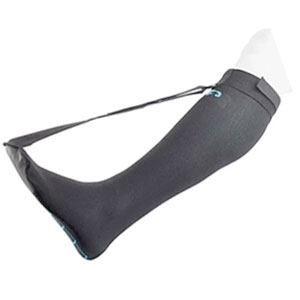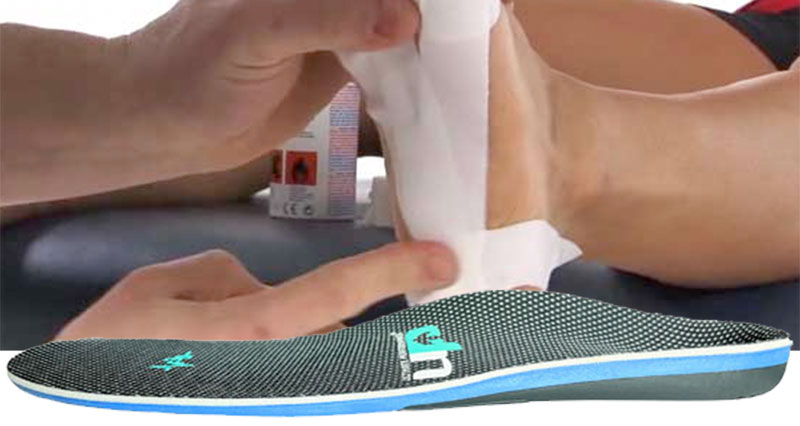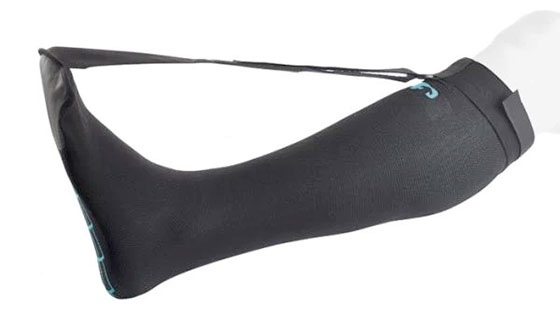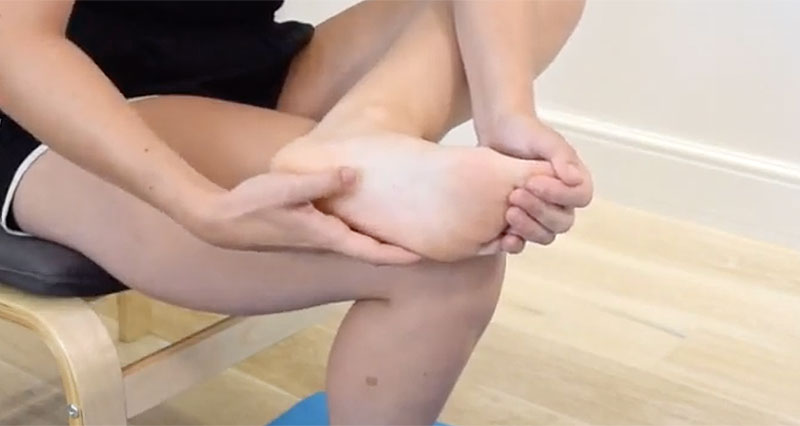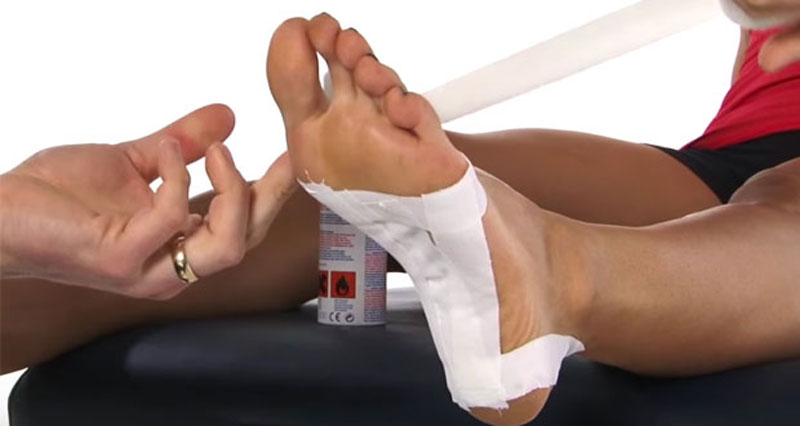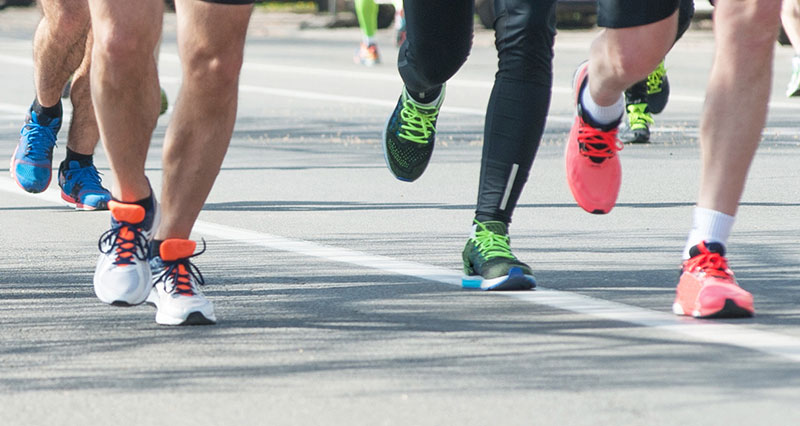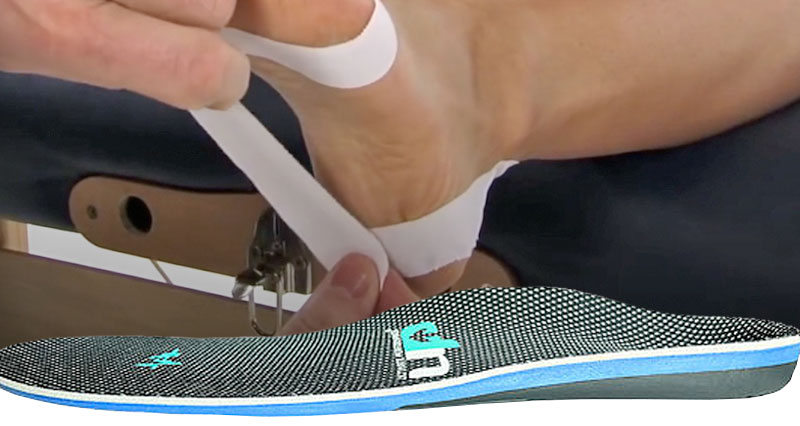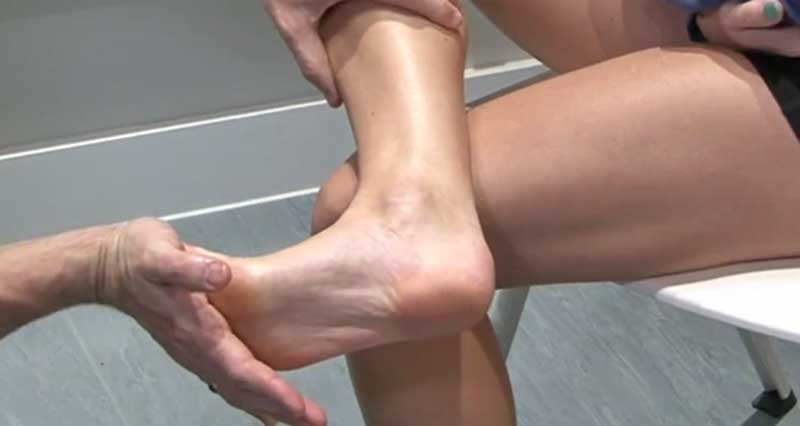Plantar fasciitis is the most common cause of pain under the heel and can be stubborn to shake off. Both stretching and strengthening exercises form part of our step-by-step Plantar fasciitis rehabilitation program. In particular, stretching exercises are essential to fully recover from this painful cause of heel pain.
Medically reviewed by Dr Chaminda Goonetilleke, 4th Jan. 2022
The Plantar fasciitis rehab program comprises five phases. Phase 1
In the early stages of treatment, the focus is on rest. Specifically, your aim is to reduce pain and inflammation. However, there are still a number of Plantar fasciitis exercises you can still do.
Why are stretching exercises important for treating Plantar fasciitis?
Plantar fasciitis heel pain is worse when your plantar fascia and calf muscles are tight. The most common symptom is heel pain, which is worse first thing in the morning. This is because your plantar fascia and calf muscles tighten up overnight while you are asleep. You probably won’t notice them tightening up unless you wear a night sock or splint which helps prevent it.
As your foot warms up and the tissues loosen, your pain diminishes, only to return again later in the day. Therefore, one of the key things to work on to prevent heel pain in the morning is stretching.
Plantar fasciitis stretching exercises
These exercises focus on stretching the plantar fascia under the foot, as well as the calf muscles at the back of the lower leg.
Foot massage toe flexed
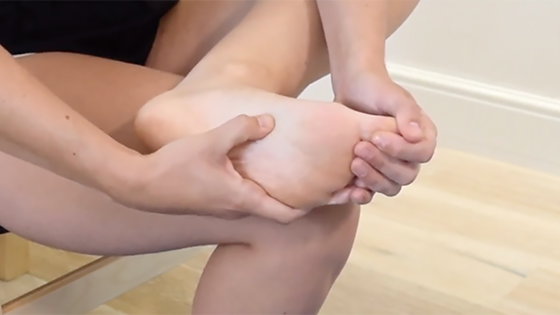
This exercise combines stretching with soft tissue release massage.
Teaching point:
- Take your big toe and gently bend it upwards
- Massage gently but deeply into the tissues
- As your plantar fascia releases, stretch your big toe up further and repeat the massage
- Do this three to four times, and continue to do it throughout the day, or at least two to three times
Alternatives to this exercise which have a similar effect include rolling a tennis ball under your foot, or a frozen bottle of water. This combines cold therapy with stretching, which helps reduce pain and inflammation.
Standing plantar stretch

This is a great Plantar fasciitis stretching exercise.
Teaching point:
- Place one foot in front of the other, with your back foot’s toe pressing into the heel of the front foot
- Then gently bend your back knee, creating a stretch under the back foot
- You should feel a gentle, deep stretch along the plantar fascia
- Hold for approximately 30 seconds and repeat four times
Sustained calf stretch
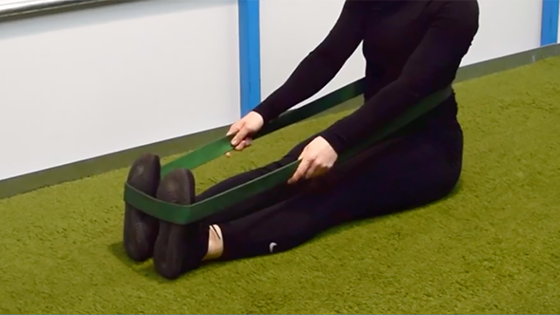
This stretches the calf muscles, in particular, the large gastrocnemius.
Teaching point:
- Wrap a resistance band or strap around your feet
- Then, gently pull up so you feel a stretch in your calf muscles
- Hold this for at least 1 minute, or better up to 2 minutes
- This exercise applies a very gradual stretch, therefore, it is important not to push too hard too soon
- Relax and feel your muscles very gradually stretching
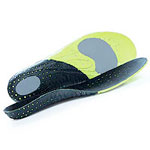
Arch Support Insoles
Bent knee calf stretch
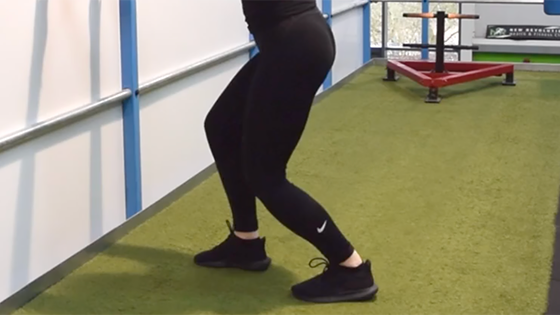
Bent knee calf stretch targets the deeper Soleus muscle at the back of your lower leg.
Teaching point:
- Place your hands on the wall and step forward with the foot you are not stretching
- Keep your toes pointed forward and your back heel on the ground
- Lean into the wall without bending your back knee
Straight leg calf stretch
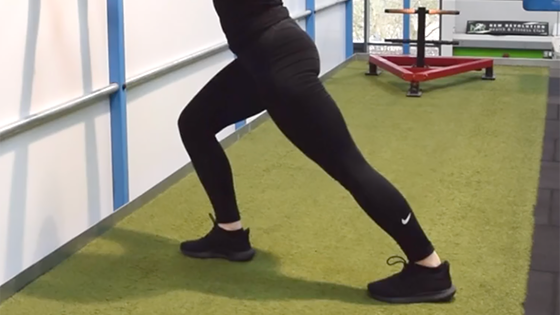
Stretch with your back knee straight to target the larger Gastrocnemius muscle. Both are important for treating Plantar fasciitis.
Teaching point:
- Place your hands on the wall and step forward with the foot you are not stretching
- Keep your toes pointed forward and your back heel on the ground and lean into the wall
- Bend the knee and ease in to feel a stretch lower down at the back of your leg
Neural flossing plantar fasciitis exercise

This gently mobilises the nerve tissue, specifically the sciatic nerve.
Teaching point:
- Lie on your back and hold one leg
- Straighten your leg and lift your head up to increase the stretch
- Your head follows your foot as you turn the tension on and off
- Do not force it – this should be a relaxed Plantar fasciitis exercise
Plantar fasciitis strengthening exercises
The following Plantar fasciitis exercises strengthen the ankle and foot without placing stress on your foot arch at this stage. Aim to do them once or twice a day.
Isometric ankle exercises
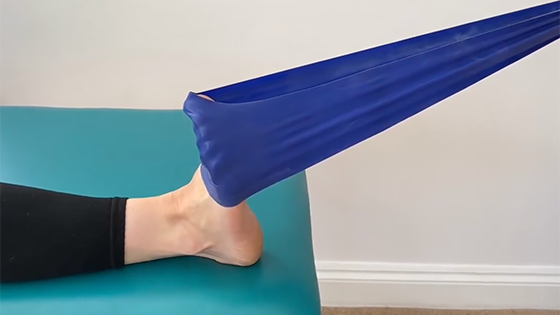
These work the ankle joint in all directions statically, without movement. They improve ankle stability. Make sure to include inversion, eversion, plantar flexion, and dorsiflexion.
Towel scrunching

Teaching point:
- To strengthen the muscles use either a tea towel or paper towel, scrunch it up using your toes as fingers
- Repeat this 3 times for 30 seconds or until the muscles feel fatigued
- You could also try this using marbles
Soleus wall sit plantar fasciitis exercise

Teaching point:
- Sit against the wall and slide down so you are in a ‘comfortable’ position with your thighs horizontal
- Then raise your heels up off the floor
- Push down through the ball of your foot and toes
- Hold this position for 30 to 60 seconds and repeat 2 to 5 times
Plantar fasciitis activation exercises
Although these are not specific Plantar fasciitis exercises they are important for keeping the hip muscles working. This is because they tend to switch off if you have to rest for a period of time.
Clam in flexion

Teaching point:
- Lie on your side with your knees bent and slightly forward so your hips are in flexion
- Raise your knee up in a slow, controlled movement and return to the start position
- If you begin to find this exercise easy then you can increase difficulty with a stronger band
- Aim for 2 sets of 30 seconds
Clam in extension

Performing the clam exercise with your knees moved further back places your hips into extension. This targets the muscles on the outside of the hip in a slightly different way. It is important to do these exercises on both sides. If you begin to find this exercise easy then you can increase difficulty with a stronger band. Aim for 2 sets of 30 seconds.
Bridge from a chair

This works the gluteal muscles in particular, as well as brings your core into play.
Teaching point:
- Place a band around your knees to increase the tension on the outside hip muscles as you perform the exercise
- Bridge exercises can be done on the floor, or with feet raised. Aim for 3 sets of 12 reps
Plantar fasciitis movement control exercises
These improve your proprioception and balance. They start off easy but get more difficult later in the program.
Seated wobble board
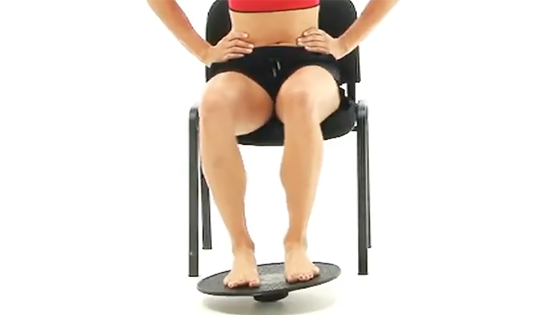
This exercise is excellent for improving or maintaining ankle range of motion and control.
Teaching point:
- Sit comfortably on a chair and place a wobble board under your feet
- Slowly rotate the board in a circular motion, alternating directions
- Focus on smooth, controlled movements to enhance ankle mobility and stability
- Aim for 4 sets of 30 seconds in each direction
- Rest briefly between sets if needed
Double leg stand eyes closed
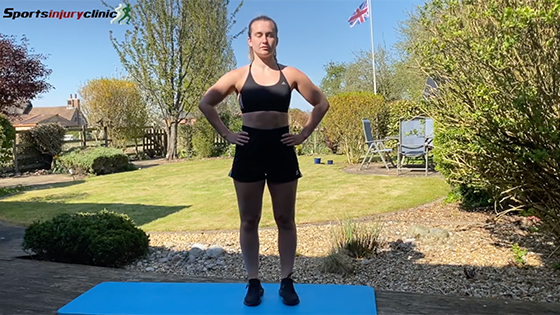
Teaching point:
- Stand with your weight equally balanced on both legs and be aware of your centre of gravity
- Close your eyes and hold the position without moving or swaying
- Then, open your eyes and repeat the exercise
If you find this too easy, try standing on one leg, first with your eyes open and then with them closed.
- Download our full Plantar fasciitis rehabilitation program for phase 2, 3, and 4 Plantar fasciitis exercises.
- View recommended products for Plantar fasciitis at UPMedical.co.uk
Our Plantar fasciitis recovery protocol is created by elite-level sports physiotherapist Phil Pask. It includes stretching, strengthening, activation as well as movement control exercises.
Program author: Phil Pask
Phil is one of the World’s most experienced Sports Physiotherapists. He has been England Senior Rugby Team Physiotherapist since 1997, continuing his role in recent years as Consultant Physio to the team. He was a player, physio, and head of performance at Northampton Saints from 1986 – 2002.

